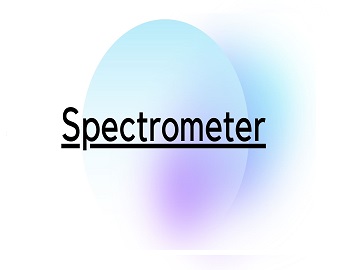Capacitance of a Conductor:
When a conductor is charged, its potential rises. Infact, the charge Q that a conductor can hold at a given potential is directly proportional to its potential V i.e.,
| Q ∝ V therefore, Q = CV ……….(i) |
Where C is a constant of the conductor known as the capacitance of the conductor. Thus,
The capacitance of a conductor is defined as the ratio of the charge to the potential through which the conductor rises.
The unit of capacitance is coulomb per volt which is called one farad (abbreviated to F). A farad is rather too big a unit, hence for ordinary purposes the following submultiples of farad are used to express capacity-
| 1 micro farad (μF) = 10-6 F 1 nano farad (nF) = 10-9 F 1 pico farad (pF) = 10-12 F |
Factors Affecting the Capacitance:
(1) Size- If the size of the conductor is increased then its capacity also increases. For example, let us calculate the capacitance of an isolated spherical conductor. When a charge Q is given to a spherical conductor of radius a, the potential of its surface becomes
| V = Q/4πε0a Hence, C = Q/V = 4πε0a ……….(ii) |
This shows that the larger the radius, the higher the capacitance.
(2) Nature of the Medium- If the conductor is kept in a medium other than air, then its capacity increases. For example, when a charged spherical conductor is immersed in a medium of dielectric constant K, and given a charge Q, then its potential rises to
| V’ = (1/K) (Q/4πε0a) C’ = Q/V’ = k (4πε0a) ……….(iii) |
Which is K times higher than the original capacity.
(3) Neighbourhood of Other Conductors- If another uncharged conductor is placed near the charged conductor, then its capacity increases. This is the principle of a capacitor.









Comments (No)